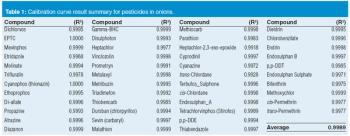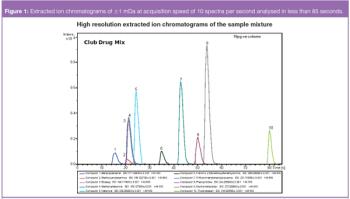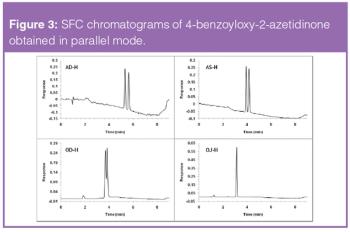According to the FDA policy statement, developing stereoisomeric drugs, each enantiomer should be evaluated.1 As a result, the pharmaceutical industry has escalated its emphasis on the generation of enantiomerically pure compounds before undertaking pharmacokinetic, metabolic, physiological and toxicological evaluations.2 Chiral chromatography, especially SFC, is the most widely used technique for obtaining mg to multigrams of pure enantiomers in drug discovery. In SFC, a combination of supercritical CO2 and polar organic solvent(s), most commonly alcohol, are used as the mobile phase. Because of the higher diffusivity and lower viscosity of supercritical fluid, SFC often provides a 3–8-fold faster separation than normal-phase HPLC. For chiral purification, SFC also offers significant cost savings by reducing organic solvent usage and removal as well as the time and energy required post-purification. As SFC instrumentation continues to improve, SFC has gradually overtaken HPLC as the first choice..















